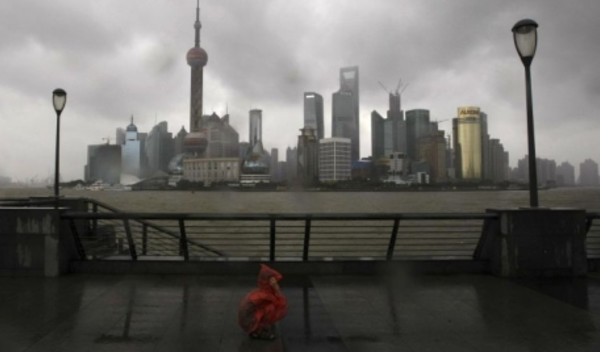

Chinese markets have had a rough go as of late. What began as a stock market boom quickly turned to a bust in June, and has remained highly volatile ever since.
Following the seven-year high reached on 12 June, the Shanghai Composite index fell 35 per cent in three weeks, causing many investors and market analysts to panic over the crash. The government stepped in with rescue funds to prop up the market, which helped in the short term, but raised questions over market freedom. It also ordered state-owned companies to buy shares and put selling bans on some large stakeholders in some companies.
This relief was short-lived, and the China Securities Finance Corp, the state-owned body responsible for injecting the majority of the rescue funds into the market, said last week that it would no longer intervene on a daily basis to prop up falling shares.
The People’s Bank of China, the nation’s central bank, surprised the markets further last week by devaluing the renminbi by 1.9 per cent. This sparked rumours of a currency war with the US, just as it seemed that a Fed rate rise would occur sooner rather than later.
As funds continue to flow out of the nation, much of which from foreign sources that were new to the market, despite the government’s best efforts to feign control, here are five things you need to know about what is going on in the Chinese markets…
Capital outflows? Did the Chinese market just open up to foreign investment recently?
Correct – this time last year, foreign investors were not able to buy shares on the Shanghai Stock exchange. The opening of the market gave international investors the ability to invest in a number of companies listed on the Chinese index that had previously been barred from overseas capital. The Shanghai-Hong Kong Stock Connect, which launched in November 2014, also connected the Shanghai Stock Exchange to the Hong Kong stock exchange, allowing investors from each market to trade shares on the other market through local brokers or clearing houses. This was all a part of the government’s attempt to liberalise the economy and make the market more internationally friendly.
First it is down, then back up. What is going on with the market?
The first major fall happened back in June, and the market has remained highly volatile ever since. Yesterday alone markets endured another plunge, which many analysts expect was due to the release of surprisingly positive housing data. This indicated that more large-scale economic stimulus, going beyond the stock markets, was likely out of the question. However, Chinese markets, including the Shanghai Composite and the Shenzhen Composite, surprisingly made up for the drop and then some.
Who is buying in at a time like this?
There are two main theories on this. The first is that investors are seeing now – a low time – as a good time to buy. As the age-old saying goes, “Buy low, sell high”, and now is clearly a low. The second is that Beijing has once again stepped in to prop up the market, likely through the China Securities Finance Corp injecting more rescue funds. The Chinese government is not exactly synonymous with transparency, so it remains unclear which route has been cause for the rebound.
How much money is available to keep propping up the market? Surely there is a limit?
Goldman Sachs has estimated that China has already spent $144bn (£92bn) to boost the fragile stock market since the beginning of the higher volatility in June, out of the total of around $322bn (£205bn) available to the “national team” – the coalition go state financial institution. But once again, transparency is not a strong point for Beijing.
I have an emerging markets focused fund, which has spread its investment around a number of EM countries. Should I be worried about the events in China?
That depends on how highly allocated the fund is to China - so best to check the fund’s factsheet. Though, emerging market countries have not exactly been top performers lately. The MSCI Emerging Markets index is at a four year low, and many EM-focused funds have experienced major capital outflows. This is due to a number of factors, all compounding the other. Growth in these countries have been largely stagnant, and currencies have drooped. These slipping currencies have been hit by China’s renminbi devaluation last week, and capital flight is pushing them down further. While selling low goes against the cardinal rules of investing, it is worth keeping a close eye on these funds.



